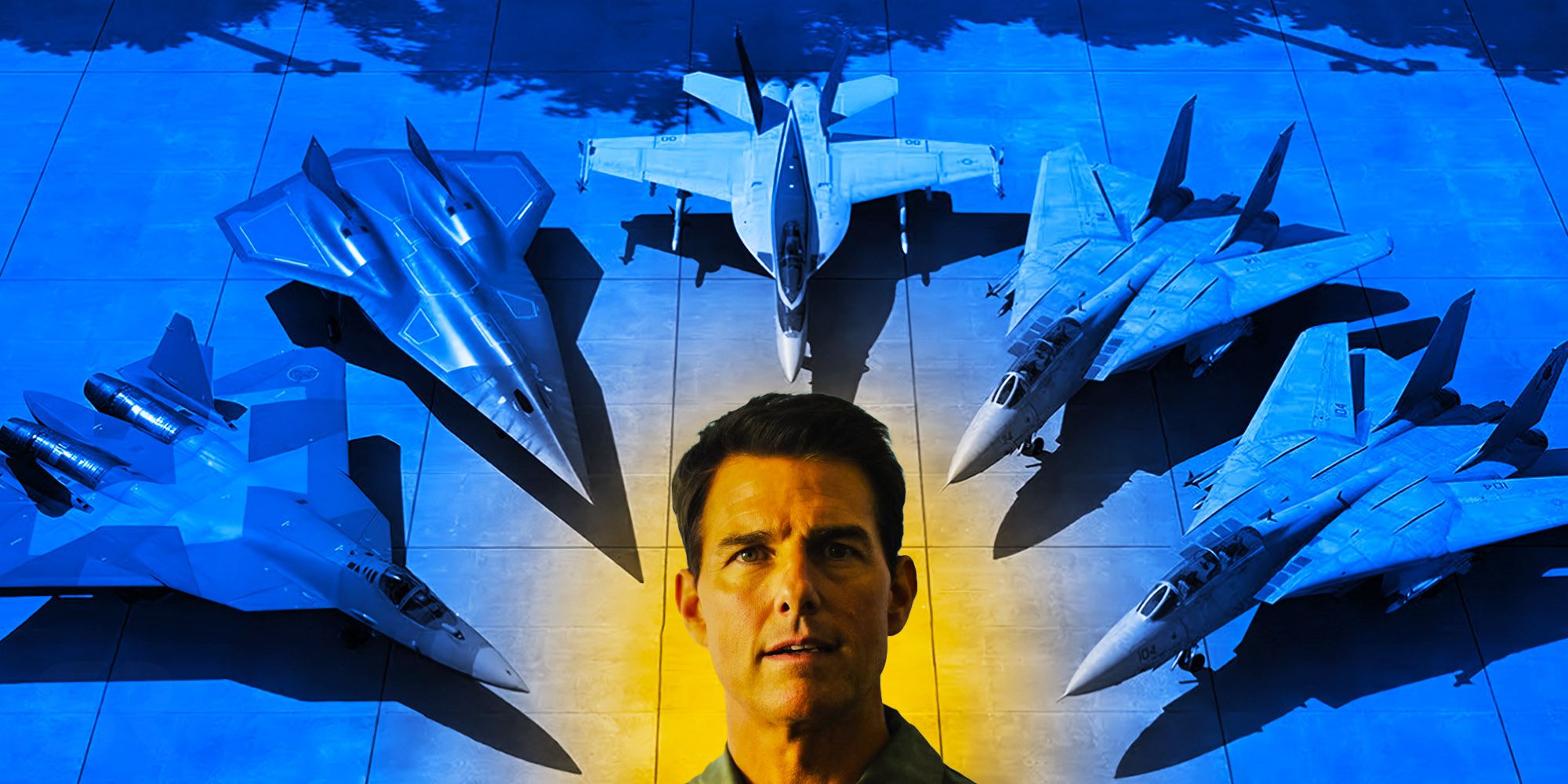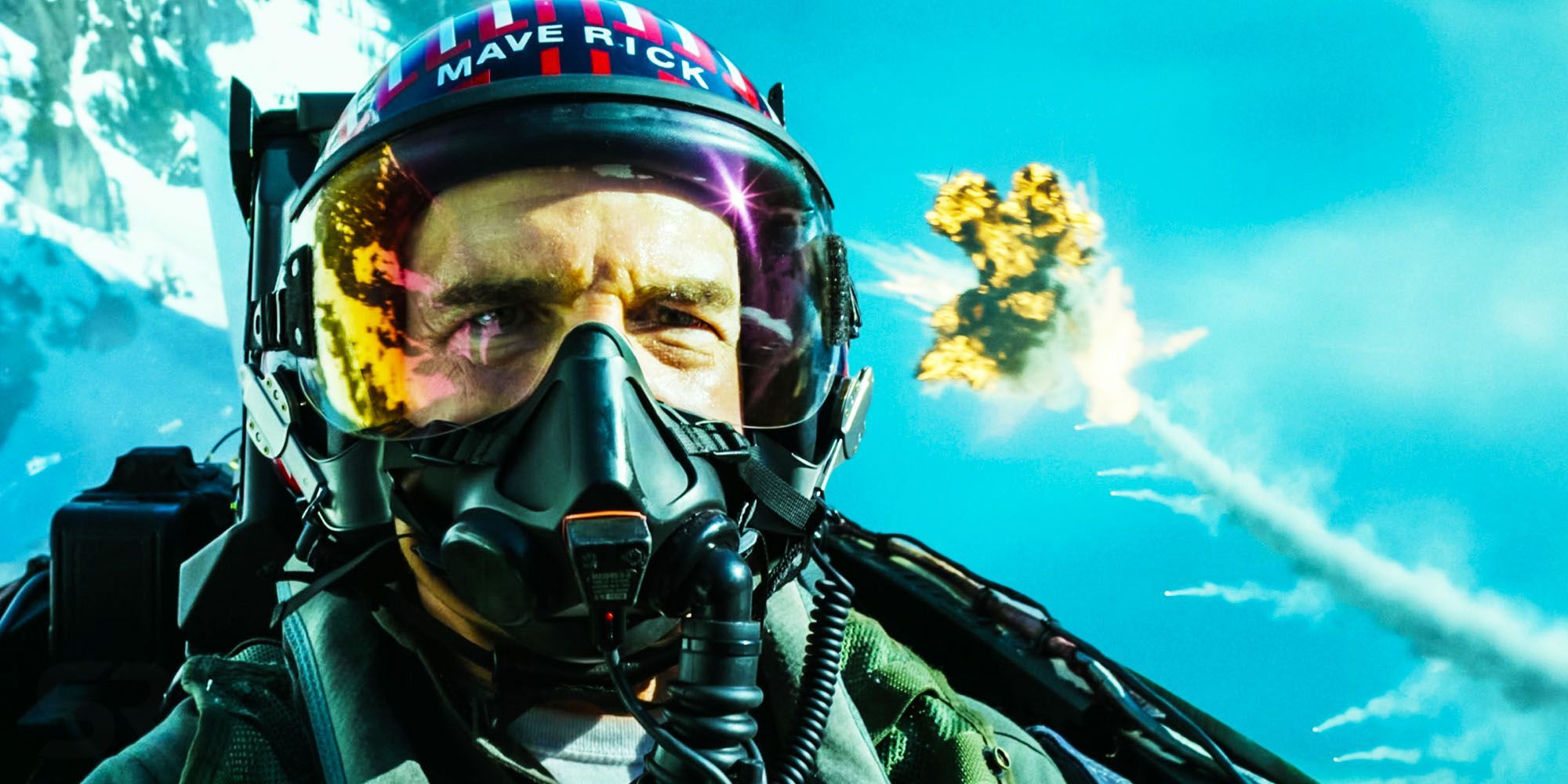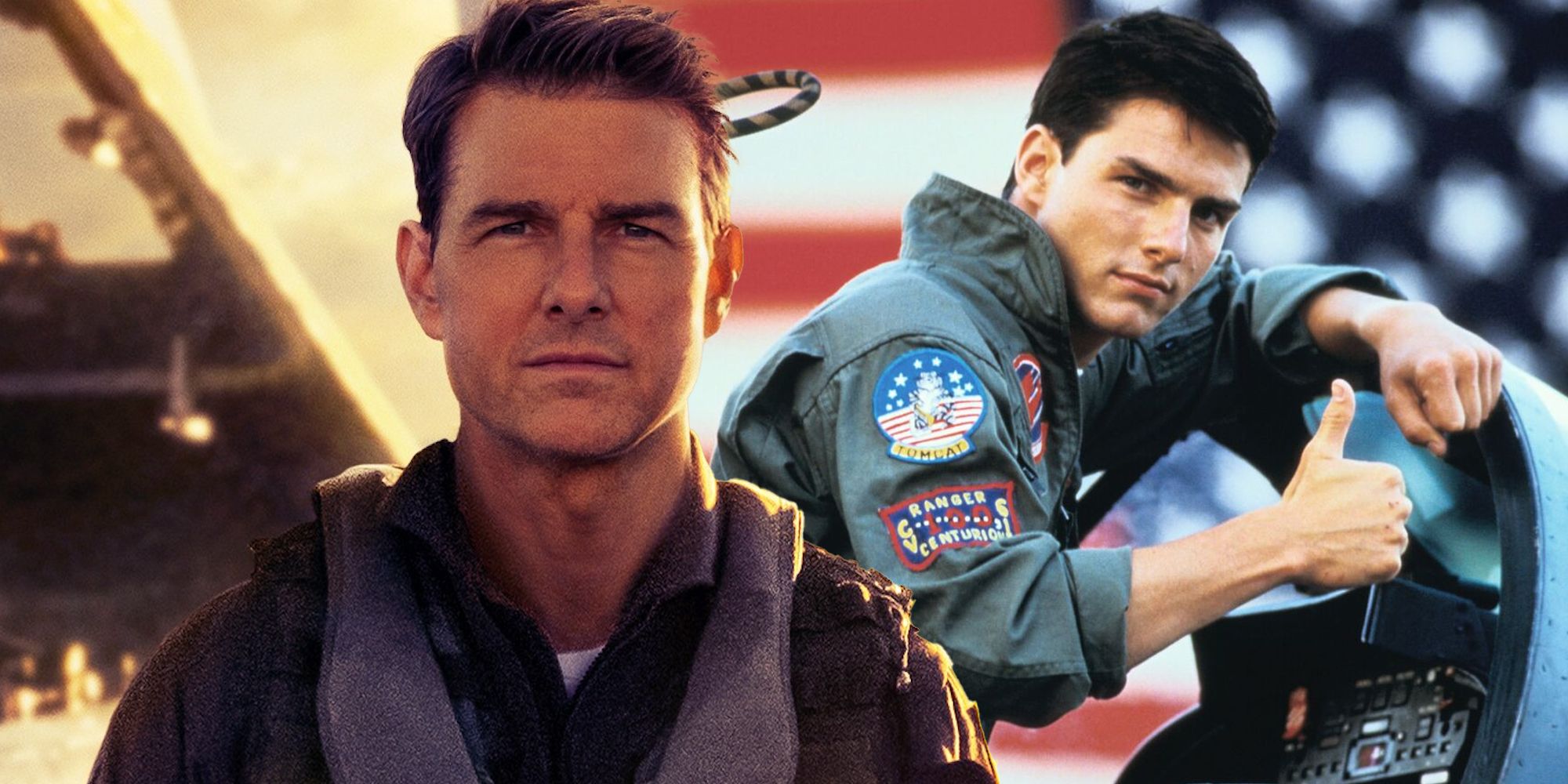The volume of unused footage for Top Gun: Maverick proves it needed its 36-year delay after Top Gun. Top Gun: Maverick is a marvel for myriad reasons, from its captivating performances to its tight (and Academy Award-nominated) script to its astonishing practical effects. However, one aspect of Top Gun: Maverick that arguably doesn't get enough credit is its editing, which helps tell an economical, moving, and coherent story on the ground, but in the air, crafts a breathless and exhaustingly tense blockbuster. Every shot had a purpose in Top Gun: Maverick.
Its incredible attention to detail made sense, given Top Gun: Maverick left a significant amount of unused footage on the cutting room floor, totaling over 800 hours. In an interview with Deadline, Maverick's editor, Eddie Hamilton, explained why they shot so much footage – to ensure that every single scene and frame of Top Gun: Maverick was "awesome." Hamilton said, "There was one day in March 2019 when they had 27 cameras running because there were four jets up in the air with various cameras on them and two units filming on the ground." It was a remarkable workload for even the most talented and hard-working editor.
Top Gun 2's Unused Footage Shows It Needed Editing Advancements
Sifting through so much footage would have been a nightmare had Top Gun: Maverick come out only a few years after Top Gun. Top Gun was released in 1986, only at the advent of most digital editing software. The traditional "positive workprint" technique of film editing, which required manually cutting and splicing pieces of film, was not too distant in cinema's past at the time Top Gun soared into theaters.
With digital editing still in its infancy, putting together Top Gun was a challenge. However, it paled in comparison to box office juggernaut Top Gun: Maverick. Having to coordinate 27 cameras in the air and on the ground before sifting through up to 814 hours of footage before putting together a coherent film would have been practically impossible with the limited technology Top Gun's creators had access to in the 1980s. Top Gun: Maverick's delay might have felt frustratingly prolonged, but the end product more than vindicated the wait.
How Top Gun 2's Delay Brought Huge Technological Advancements To The Movie
There have been significant advances in editing technology and techniques during the 36 years between Top Gun and Top Gun: Maverick. Possibly the most pivotal change was the development and accessibility of non-linear editing software, which allows editors to edit offline without changing the original content, with the benefit that edits are practically instantaneous. There are a variety of accessible but complex software systems, including Adobe Premiere Pro, Media Composer, and Final Cut Pro X, which will have been used to painstakingly assemble Top Gun: Maverick's climactic ending from hundreds of hours of footage.
Such intuitive and fast software has been honed over the decades since the introduction of digital editing into the industry, and it eases the workload significantly for editors, as on Top Gun: Maverick. What would have been practically impossible 30 years ago becomes manageable. A further benefit to editing's technological advancement is that filmmakers feel more comfortable shooting more footage, as on Top Gun: Maverick. In turn, editors have a greater variety of shots to choose from when putting together a modern classic of popcorn cinema, resulting in a film that is just as "awesome" from start to finish as Eddie Hamilton planned it to be.



